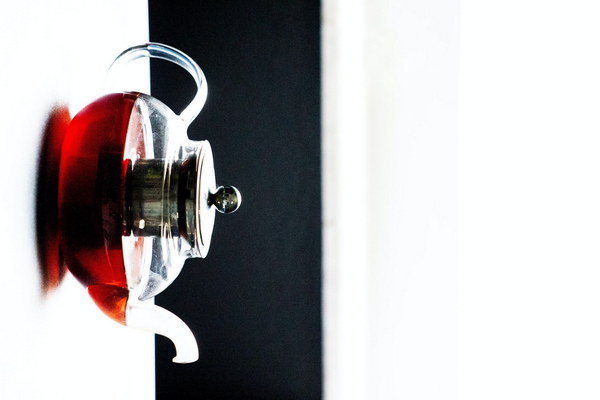Is Head Therapy Painful Understanding the Pros and Cons
Head therapy, also known as scalp treatment or scalp therapy, is a popular treatment method that aims to improve hair growth, reduce hair fall, and promote overall scalp health. However, many people are curious about the pain level associated with this therapy. In this article, we will delve into the topic of head therapy pain and discuss its pros and cons to help you make an informed decision.

Firstly, let's understand what head therapy entails. It involves the use of various techniques and products to clean, nourish, and stimulate the scalp. These techniques can range from traditional methods such as herbal treatments and massage to modern treatments like laser therapy and LED light therapy.
When it comes to the pain level of head therapy, it largely depends on the technique used and the sensitivity of the individual. Some people may experience mild discomfort, while others may find it quite painful. Here's a closer look at some common head therapy techniques and their associated pain levels:
1. Scalp Massage: This is one of the most popular and traditional methods of head therapy. Scalp massage involves gently massaging the scalp with fingers, using essential oils, or a specialized massage tool. While some people find scalp massage relaxing, others may experience mild to moderate discomfort, especially if the pressure is applied too strongly.
2. Scalp Acupuncture: Scalp acupuncture is a technique that involves inserting very thin needles into specific points on the scalp. This method is known for its painless nature, as the needles are inserted with precision and the treatment is generally well-tolerated by most individuals.
3. Laser Therapy: Laser therapy is a non-invasive treatment that uses low-level laser light to stimulate hair growth. It is considered painless, as there is no physical contact with the scalp. The treatment is usually well-tolerated by patients, with no adverse side effects.
4. LED Light Therapy: LED light therapy is another non-invasive treatment that uses red and blue light to treat scalp issues. Similar to laser therapy, it is painless and has no adverse effects. Patients often find it relaxing and soothing.
5. Herbal Treatments: Some herbal treatments involve applying herbs or essential oils to the scalp. While the pain level varies depending on the individual, many people find these treatments to be quite soothing and relaxing.
It is important to note that the pain level of head therapy can be influenced by various factors, such as the expertise of the therapist, the duration of the treatment, and the individual's pain threshold. To minimize pain and maximize the benefits of head therapy, consider the following tips:
1. Choose a qualified therapist: Make sure to select a therapist who has experience and expertise in head therapy. A skilled therapist will be able to perform the treatment with precision and minimize pain.
2. Communicate with your therapist: Inform your therapist about your pain threshold and any discomfort you may experience during the treatment. This will help them adjust the technique and pressure to suit your needs.
3. Be patient: It may take a few sessions for you to get accustomed to the treatment and experience its full benefits. Give yourself time to adjust and be patient with the process.
4. Maintain a regular schedule: Consistency is key in head therapy. Stick to a regular treatment schedule to achieve the best results and minimize any discomfort.
In conclusion, the pain level of head therapy can vary depending on the technique used and individual sensitivity. While some treatments may be painful, others are painless and even relaxing. By choosing a qualified therapist, communicating your needs, and being patient, you can enjoy the benefits of head therapy without experiencing excessive pain.









